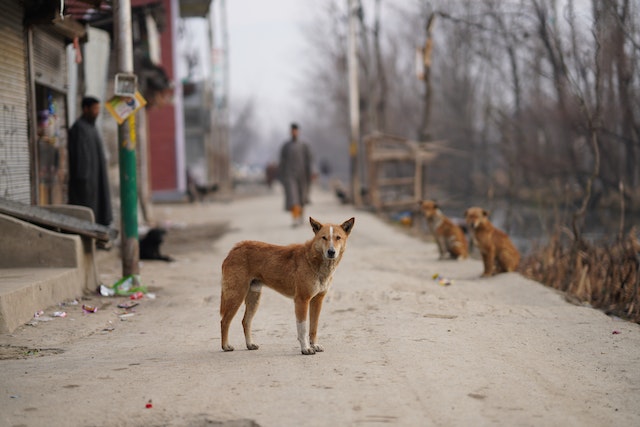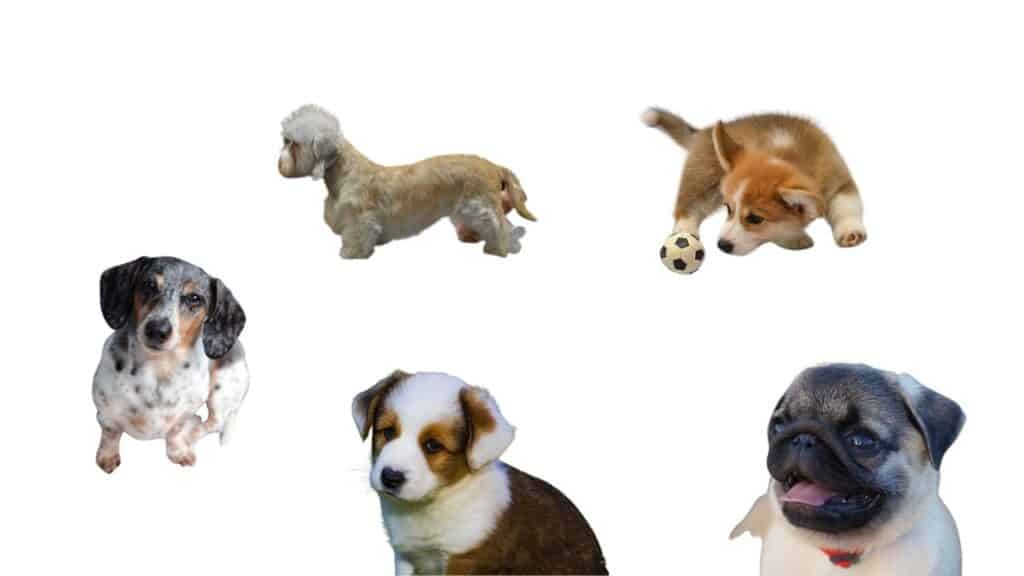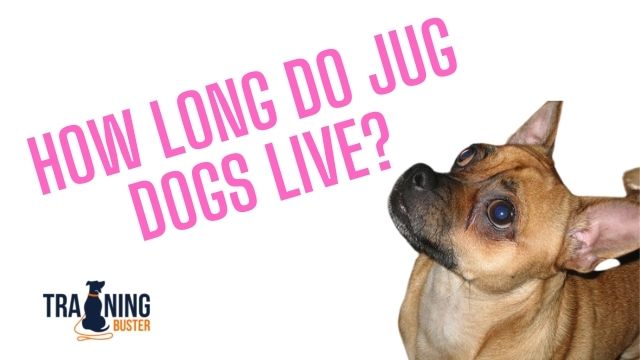
Like large and designer breeds, different breedless dogs are all too common in dog shelters and rescues. When adopting from shelters, many people choose mixed-breed dogs or dogs of uncertain origin.
Popular portmanteau names for mixed breed dogs include “muttmallows” and “Bitsa dogs” (as in, “a bit of this, a bit of that”).
However, there have also been efforts to recognise certain types of dogs that lack a breed formally. For example, the Carolina Dog, a pariah dog of the southern US, attained AKC recognition in the mid-1990s.
Some kennel clubs also recognise “All-American” breeds developed in the US from mixed or indeterminate ancestry.
So, what dog has no breed? Well, there are several:
• Mixed-breed dogs
Dogs born from parents of two different breeds, mixed breed dogs, are often called “mutts” and do not belong to any particular species.
Mixed breeds or mutts have uncertain ancestry and no breed affiliation. Instead, they are accidental crosses of multiple species.
Although diverse in appearance, mutts are often quite healthy because of their more varied gene pool.
• Mongrel dogs
Dogs of unknown genetic heritage. Mongrel dogs have mixed ancestry from multiple breeds going back many generations. Therefore, they are not considered a standard breed.
Mixed breed and mongrel dogs comprise much of the world’s dog population. Estimates vary, but anywhere from 1/3 to 2/3 of dogs worldwide are mixed breed or have uncertain heritage.
Mixed breed and mongrel dogs tend to be genetically healthier than purebred dogs. With more genetic diversity, they have a lower risk of inheriting genetic diseases. They also tend to live longer, on average.
• Feral dogs
Feral dogs, dogs that have lived apart from humans for multiple generations are untamed and do not fit into any breed.

They are descended from domesticated dogs but have reverted to a wild state.
Feral dogs tend to form loose social structures in which they hunt and scavenge together. However, unlike wolves, the social bonds between individual dogs are weaker. Feral female dogs also tend to be less maternal toward their offspring.
• Pariah dogs
Ancient dog types were not formally recognised as breeds. Commonly featuring pricked ears, brown coats, pointed snouts, and a medium size pariah dog types include the Canaan Dog of Israel, the Indian Pariah Dog, and village dogs from Southeast Asia, Africa, and South America.
Although they have distinct characteristics, they are still not officially classified as breeds.
• Aboriginal dogs
Native dog types were present in geographic regions before the arrival of modern dog breeds. These include the Dingo of Australia, the Carolina Dog of the southern U.S., the New Guinea Singing Dog, and various types from Central and South America. Like Pariah dogs, they are distinct but not recognised as formal breeds.
Pariah and Aboriginal dogs contain genetic material that has been separate from other domesticated dogs for thousands of years. Both these dog types provide a window into the early domestication of dogs.
Studying them can help scientists better understand how dogs evolved from wolves.
• Landrace dogs
Dog types developed over time to suit the needs of a local population but were never subjected to controlled breeding to establish a breed standard.
As a result, landrace dogs tend to be very genetically diverse. Examples include Smithfield Collies from Great Britain and Chien Français Blanc et Noir from France.
They demonstrate unique traits but are not considered official breeds.
Landrace dogs demonstrate how dogs have evolved to suit the needs of specific populations.
For example, the St. John’s Water Dog of Newfoundland helped local fishers by swimming out to nets and bringing back fish. The Hare Indian Dog acted as a beast of burden, helping Canadian First Nations tribes travel overland.
• Village dogs
No, they’re not a band! Village dogs are a type of mongrel or mixed breed dog. The village dogs of India or Chernobyl might be the first to come to your mind, but there are village dogs all over the world.
How to define what a village dog is? They aren’t precisely feral or stray dogs, but you could hardly call them domesticated. They are wild, but they’ve become very well-socialized as they live near human settlements.
Some people believe that village dogs are descendants of the ancient dog that first began living beside humans, all those 15,000 years ago, before human breeding and artificial selection began.
Sometimes village dogs end up eventually being bred – and becoming landrace dogs. Landrace dogs that began as village dogs include the Taiwan dog or Formosan Mountain dog, the Scotch Collie, the American Carolina dog, and the Korean Jindo, among others.
Village dogs can be kept as excellent pets! Some health experts say wild village dogs may carry health risks for humans.
They are generally happy, healthy, self-sufficient, civilized canines. Free-roaming village dogs have survived for generations without human intervention; why would we begin now?
• The first dog
We all know that dogs are descended from wolves, but what about the first dog to be a dog? Well, there’s one dog known as the Bonn-Oberkassel dog. Found buried with humans 14,200 years ago, the Bonn-Oberkassel dog is considered the first natural dog.
This domestication predates agriculture – it wasn’t until later that animals like sheep, boar, goats, and aurochs began getting domesticated for farming purposes.
One hypothesis on the domestication of dogs is that it began in Siberia. Later on, canine domestication moved to the Americas and towards Eurasia. However, it’s also thought that dog domestication occurred simultaneously in many parts of the world.
The common factor for these dogs is that they were primarily bred for a purpose or ability rather than appearance or pedigree.
Most lived and worked alongside humans for centuries but were only recently recognized as distinct breeds, if at all. They tend to be well adapted to local conditions and are genetically diverse.
Although not as standardized as most official breeds today, these dogs are unique in their own way and can provide a link to canine history.
So if you’re looking for a dog with no distinct breed, consider rescuing a village dog, feral dog or lovable mutt.
They can make great companions and help preserve the diverse canine heritage. Every dog deserves a loving home, regardless of breed or background.
To conclude, several types of dogs can be considered to have no distinct or officially recognized breed:
Village or pariah dogs are loosely domesticated dogs that live free in developing regions, scavenging for food. They have no strict breed standard or pedigree.
Feral dogs are domestic dogs that have returned to the wild. Examples like dingos and New Guinea singing dogs were once associated with humans but have become self-sufficient wild animals. They breed freely and live in packs.
Landraces are loosely bred types of working dogs adapted to the local environment. They were bred primarily for a specific purpose, not appearance, and have no controlled breed standard. Examples include Alaskan huskies and German Shepherds.
Indigenous breeds are native dogs that were bred for hundreds of years to suit a certain climate or purpose but only recently gained official recognition. Examples include Australian Cattle Dogs and Thai Ridgebacks.


